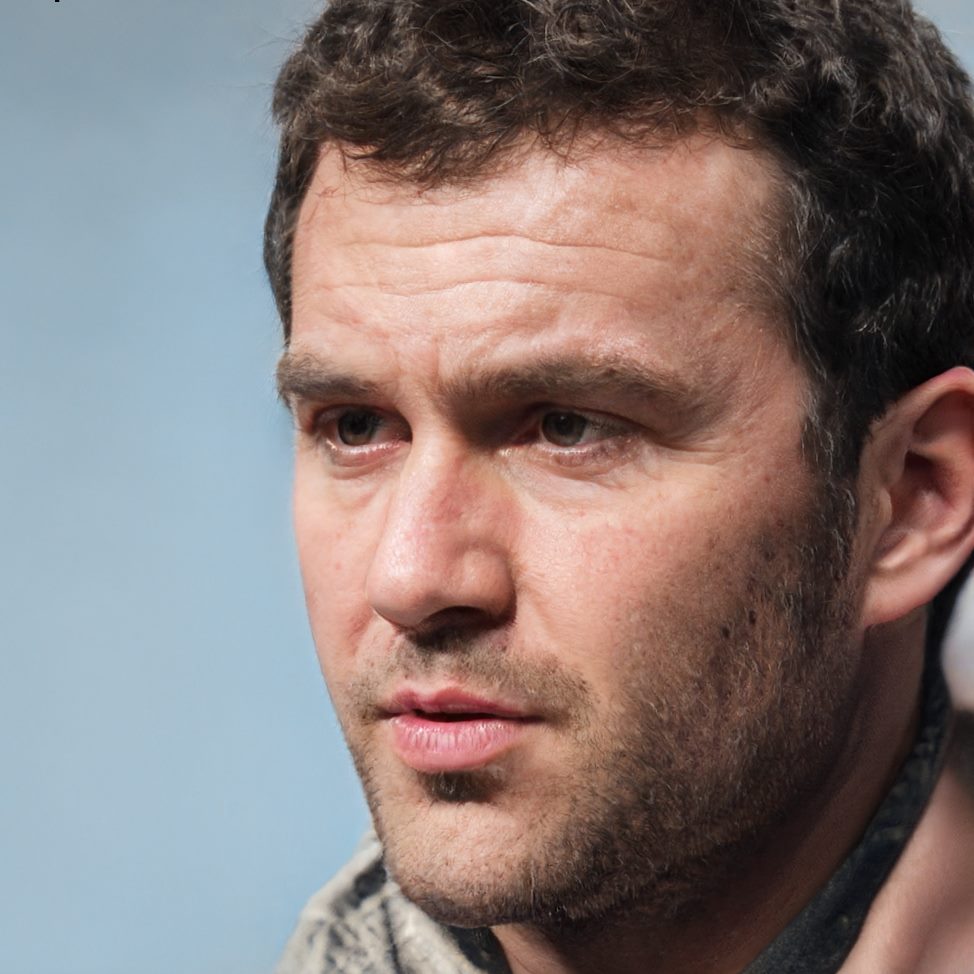The Benefits of Using Gantt Charts in Project Management
Gantt charts are a type of bar chart used for scheduling and tracking projects. In project management, Gantt charts are a useful tool for visualizing the timeline of a project, including the start and end dates, dependencies, and milestones. They provide a clear overview of what tasks need to be completed, who is responsible for each task, and when each task is due. This article will explore the benefits of using Gantt charts in project management and provide tips on how to effectively use them.
Visualizing Project Progress
Gantt charts are an effective way of visualizing project progress. They provide a clear overview of the entire project, including its timeline, tasks, and milestones. This helps project managers to track progress and understand how the project is progressing relative to the original plan.
Gantt charts also make it easy to identify areas where a project is behind schedule. If a task is not completed on time, it will be immediately apparent from the chart, allowing project managers to take corrective action before the project falls too far behind schedule.
In addition, Gantt charts are also helpful for communicating project progress to stakeholders. They provide a clear and concise view of the project timeline, including its current status, which helps stakeholders to understand the project and its progress.
Managing Resources
Gantt charts are also a valuable tool for managing resources. Project managers can use the chart to identify when resources will be needed and to allocate resources accordingly. This helps to ensure that resources are available when they are needed, reducing the risk of delays and project overruns.
By visualizing the entire project timeline, Gantt charts can help project managers to identify areas where resources may be over-allocated. This information can then be used to make adjustments to the project plan, including rescheduling tasks or reassigning resources, to ensure that the project is completed on time and within budget.
In addition, Gantt charts are also useful for monitoring the use of resources over time. This helps project managers to understand how resources are being used and to identify areas where resources may be being wasted.
Improving Collaboration and Communication
Gantt charts are also an effective tool for improving collaboration and communication between project team members. They provide a clear view of the project timeline and the tasks that need to be completed, helping team members to understand their responsibilities and the schedule for completing their tasks.
Gantt charts can also be used to encourage collaboration between team members by helping to identify dependencies between tasks. For example, if one task cannot be completed until another task is finished, this will be immediately apparent from the chart, allowing team members to work together to resolve the issue.
In addition, Gantt charts can also be used to improve communication with stakeholders. By providing a clear view of the project timeline and progress, Gantt charts can help to keep stakeholders informed and to ensure that they are fully engaged in the project.
There are many benefits of using Gantt charts in project management, including visualizing project progress, managing resources, and improving collaboration and communication. To effectively use Gantt charts, it is important to use a software tool, such as GanttPRO, Microsoft Project, or other online Gantt chart software, to create and manage the chart.

